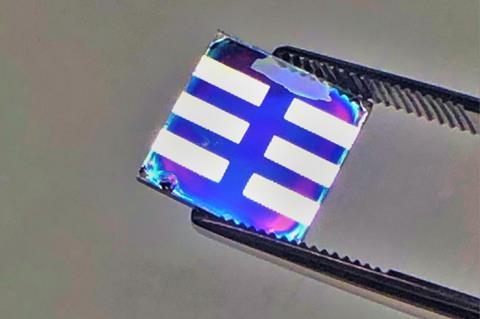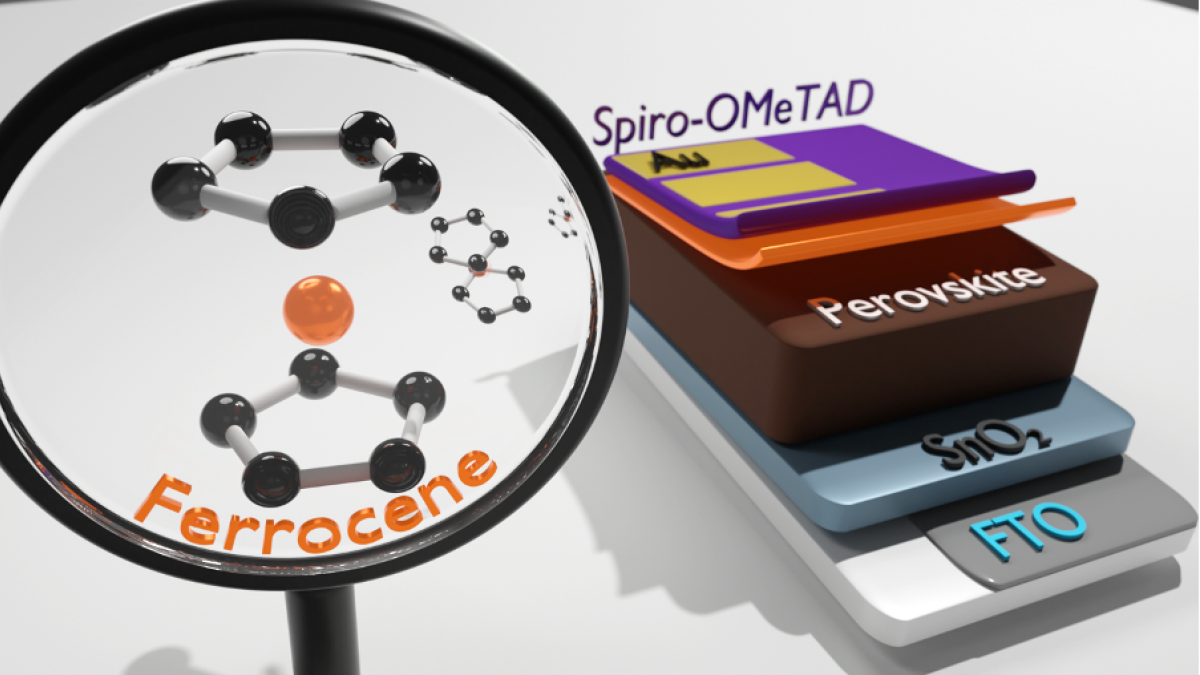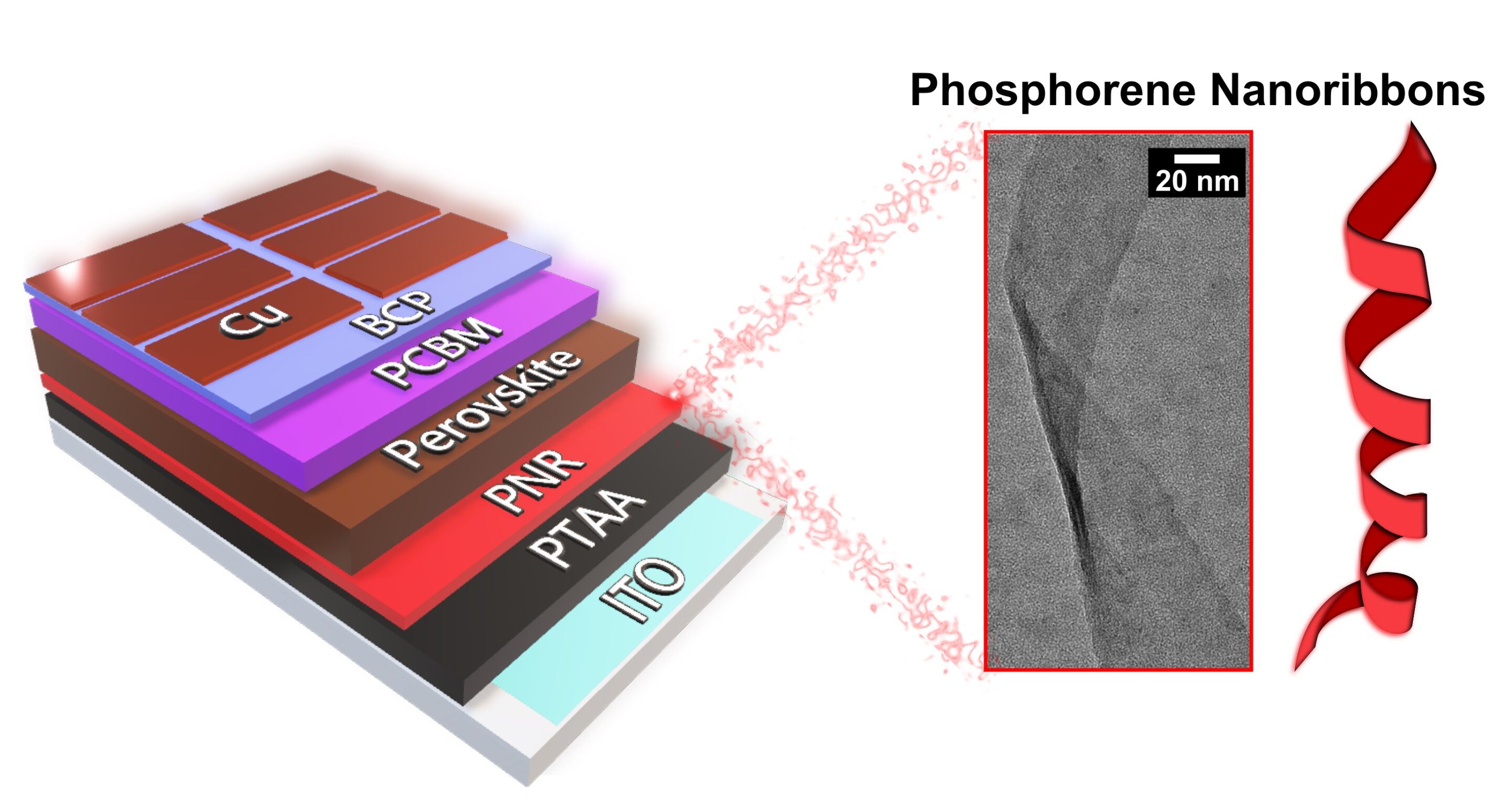In The News
- Iodine revealed to be killer species that destroys tin-based perovskites - Chemistry World
- Multifaceted ferrocene interlayer for 23.45%-efficient perovskite solar cell - PV magazine
- Phosphorene nanoribbons live up to hype in first demonstration - Phys.Org
 The poor stability of tin-based perovskites under ambient conditions has limited the progress of this promising type of solar cell. Now, a study by researchers at Imperial College London and the University of Bath has shed light on the degradation mechanisms that affect these devices – oxygen and moisture induce the formation of iodine, an aggressive species that further poisons the perovskites. Moreover, researchers identified materials that prevent oxidation and could inspire new solar cell designs that are greener and more stable...
The poor stability of tin-based perovskites under ambient conditions has limited the progress of this promising type of solar cell. Now, a study by researchers at Imperial College London and the University of Bath has shed light on the degradation mechanisms that affect these devices – oxygen and moisture induce the formation of iodine, an aggressive species that further poisons the perovskites. Moreover, researchers identified materials that prevent oxidation and could inspire new solar cell designs that are greener and more stable...
Read more at Chemistry World

A UK research group led by the University of Surrey and Imperial College London has fabricated a perovskite solar cell that integrates a ferrocene co-mediator interlayer at the interface between the spiro-OMeTAD hole transport layer (HTL) and the active perovskite material...
“Perovskite solar cells are at the forefront of next-generation photovoltaic technologies. We are proud to work with some of the best research teams in perovskite photovoltaics to tackle some key challenges for the commercialization of this low-cost and high-efficiency photovoltaic product,” the research's corresponding author, Wei Zhang, told pv magazine. He further noted that the migration of lithium is critical in the degradation of spiro-OMeTAD-based devices, which is accelerated at higher temperatures, leading to the rapid degradation of the perovskite...
Read more at PV-magazine
 Researchers have incorporated phosphorene nanoribbons into new types of solar cells, dramatically improving their efficiency.
Researchers have incorporated phosphorene nanoribbons into new types of solar cells, dramatically improving their efficiency.
However, none of these predicted exciting properties have so far been demonstrated in actual devices. Now, for the first time, a team led by Imperial College London and University College London researchers has used PNRs to significantly improve the efficiency of a device—a new kind of solar cell—demonstrating that the 'wonder material' may indeed live up to its hype...
Read more at Phys.Org